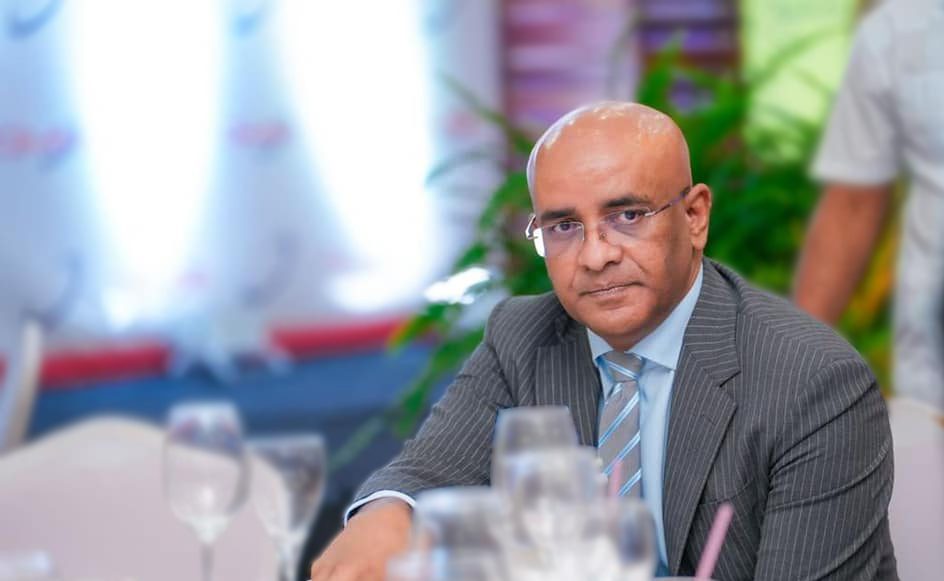Claims have been made that Guyana can conduct ‘real time’ monitoring of costs incurred by ExxonMobil for its offshore Stabroek Block operations. The country’s Vice President Dr. Bharrat Jagdeo dismissed these last Friday, explaining that such a system does not exist for Guyana as it is not a co-manager of Exxon’s oil operations.
An article in the local press stated last week that Guyana’s Ministry of Natural Resources has the power to monitor the costs in real-time as supported by a clause in the 2016 Production Sharing Agreement (PSA).
That clause – Section 7.1 reads: “The Contractor shall prepare with respect to each Calendar Quarter, or on a monthly basis if requested by the Minister in writing, a Statement of Expenditure and Receipts under the Agreement. The Statement will distinguish between Exploration Costs, Development Costs and Operating Costs consistent with the individual categories specified in Sections 2 and 3 herein and will separately identify major items of expenditures within these categories. The statement will show the following: (a) Actual expenditures and receipts on a monthly basis for the period in question. (b) Cumulative expenditure and receipts for the budget year in question. (c) Cumulative expenditures and receipts since the Effective Date. (d) Latest forecast of cumulative expenditures to year-end. (e) Variations between budget forecast and latest forecast, with explanations thereof Subject to 7.1, the Statement of Expenditure and Receipts shall be submitted to the Minister no later than thirty (30) days after the end of such Calendar Quarter or Month as the case may be.”
However, the clause makes no mention of real-time monitoring of the company’s expenditure, which would involve scrutiny of costs as they are being incurred.
The Vice President explained that what Guyana can do is review the expenditure being incurred by Exxon and make adjustments if there is compelling reason to do so.
He said the government has the authority to strike out from cost oil, expenses that appear to be inflated, thereby securing a higher profit share for Guyana. And the only way the government can do this is through audits conducted by the Guyana Revenue Authority (GRA) and another imposed by the Minister of Natural Resources.
“How are you going to monitor cost in real-time? If you send the Exxon man down the road to buy two ice cream, how would you know that the ice cream is being bought today? [Only if] you are co-managing, you are sitting in there every day helping to run the company. [It is] utter nonsense. Rubbish,” the Vice President stated.
Officials at ExxonMobil Guyana say a layered system of reviews and audits are in place to ensure the integrity of the expenses that go into its cost bank. These include audits by Hess and CNOOC, external auditors, and the government. Estimated costs are budgeted annually, and ExxonMobil reports its costs on a monthly basis to the government.
The government is expected to make public, the findings of its audit of Exxon’s 1999-2017 expenditure. And by the third quarter of 2022, the audit for Exxon’s 2018-2020 costs should be completed by the hired consortium – Ramdial and Haynes Chartered Accounting and Professional Services Firm; Vitality Accounting and Consultancy Incorporated; and Eclisar Financial and Professional Services.
These companies have teamed up with the Oklahoma-based Martindale Consultants Incorporated and Swiss technical company, SGS – taking the lead on the audit.



